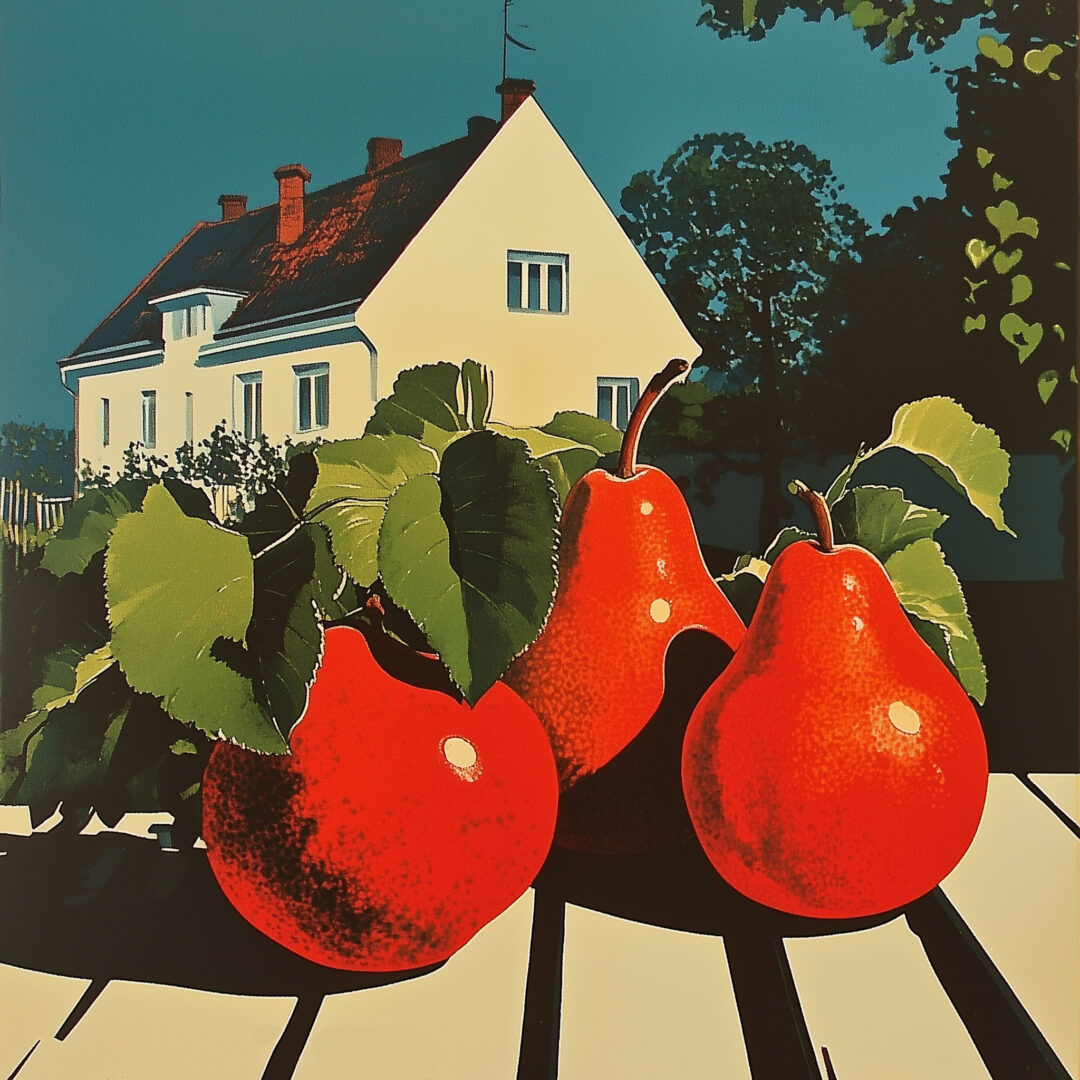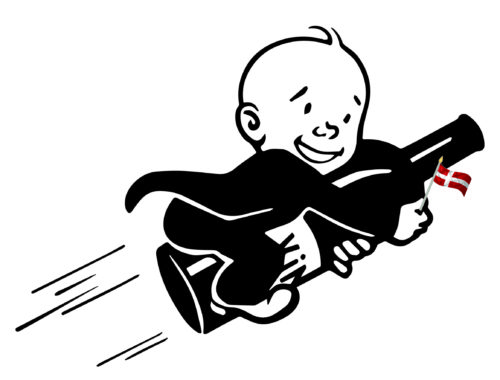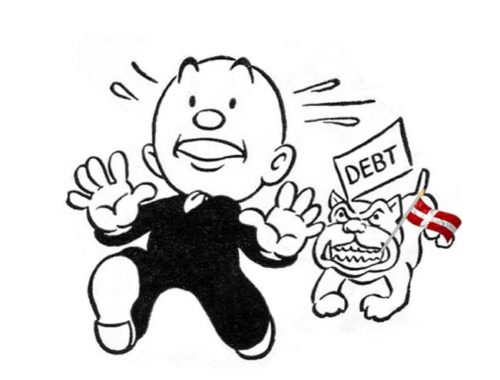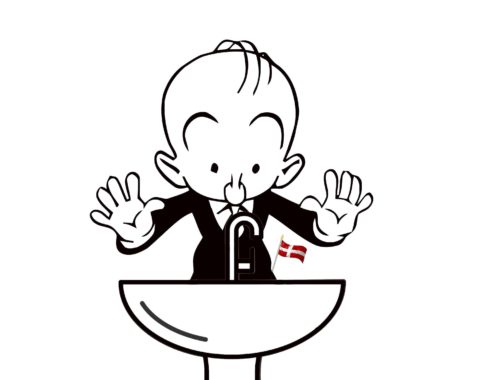I’ve referred to “The Danish Year” before on How to Live in Denmark. It’s a series of events that are simply expected to happen every year in Denmark, even if they aren’t formal holidays. In 2025 I’m going to try to do a podcast every month about aspects of the Danish year, and how they fit into the overall context of where Denmark is coming from, and where it’s going.
As the long Danish winter finally draws to an end, it’s time for Danes to start planting their gardens.
Now, in early April, it’s rhubarb, parsnips, cabbage. After the risk of frost is gone, in late April, you can put down some beets, and chives, and parsley – all good traditional Danish food.
By May, you can try with the tomatoes, which may or may not ripen depending on whether you get a warm, sunny summer, always a roll of the dice in Denmark. One year we ended up with hard, green tomatoes in September.
The growing season in Denmark is short. If you miss the planting deadlines, you’re probably out of luck.
And even if you are in luck, the amount you spend at the garden center will far outstrip the amount it would take you to buy the same foods at the corner market.
Names that include “gaard”
But Danes love to garden, they love to touch the Earth. Denmark industrialized fairly late compared to the rest of Europe – really not until the late 19th century – and even then it focused on cooperative agriculture for export. Denmark is still known around the world for its butter and bacon.
Many Danes still carry the name of their family farm in the name they use today.
The Danish word for farm is “gaard”, so the names of jewelry designer Ole Lynggaard, or golfer Nicolai Højgaard, or politician Pia Kjærsgaard, all reference what was once the family farm, the “gaard”.
This love for nature why weather is always an appropriate topic of conversation among Danes. They’re also very good at historical weather. They’ll tell you that the rains this April are just like the rains of April 2014, or that we haven’t seen this type of wind since the summer of 2006.
Colony Gardens
If you live in Denmark with a house in the suburbs with – parcel houses, they’re often called – you have lots of room for gardening. But people who live in apartments often have what is called “colony gardens.”
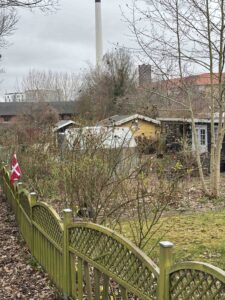
A colony garden in Copenhagen Northwest
Colony gardens are a little patch of land set aside in the cities, or near them, for urban residents to have a garden. They usually build a little house on the plot as well, although you’re only allowed to live there during the summer. The electricity and the water usually get switched off during the winter.
The houses are generally wooden, small, cramped, and a little thrown-together. There are often chipped plates and glasses, old chairs with cushions in a grandmotherly fabric, a few board games ready for rainy days. A flag pole and a big Danish flag to put up for holidays. And always, always, they are surrounded by a hedge for privacy.
The unity garden
The colony gardens are run by an association, so you’re supposed to be friends with your neighbors, but keep them at a distance. Good fences make good neighbors and all that.
Getting a colony garden requires either buying one or getting on a long, long list to get one, which means that very few of the 15% non-ethnic Danish residents of Denmark have colony gardens. As I mentioned in an earlier podcast, the list of residents tends to look like the 1957 Copenhagen phone book.
In my Copenhagen neighborhood, which is extremely diverse, there was initiative to change this a few years ago. A little bit of land freed up by the railroad tracks, and the idea was to create a Unity Garden. Half of the land was set off for people who were not born in Denmark, and half was set off for people who were.
The idea was to meet up, work together, exchange knowledge, have summer picnics, meet across cultures.
An evening stroll
Last summer I walked past on an evening stroll. The people around the picnic table all appeared to be Danish. Walking along the gardens, the ones with Danish names on signposts were flourishing, while most of the others were abandoned, full of weeds and thorns.
Maybe the non-Danes did not want to spend their summer evenings and weekends scrabbling in the dirt for food you could buy much cheaper in the supermarket down the street. If you come from a poor country where your parents had to garden out of desperation, or where city people look down on farmers, you might not want to spend your weekend play-farming at your garden, getting down on your hands and knees in the mud, which is one of the Danes’ greatest pleasures.
Diversity and inclusion does not mean that everybody enjoys the same activities.
“Pear Danish”
Colony gardens could fairly called pæredansk, which translates directly to Pear Danish. These are things that are thoroughly, unmistakably Danish.
Rugbrød, or the distinctive Danish rye bread, is another thing that is pæredansk; it’s the thing Danes miss most when they travel abroad. Topped with fried fish or liver paste or sliced eggs for lunch, it’s one of those traditional foods that people still do actually eat.
People can also be Pear Danish
People also sometimes call themselves Pear Danish. It has nothing to do with pears, the fruit, or pairs in the sense of couples. “Pær” in this context means “very.” You can also say that something is pærenem– very easy – or pærelækker, very tasty-looking. That can apply to either a meal, or a person.
To be Pear Danish you don’t necessarily have to be ethnic Danish, but you have to be thoroughly soaked in all aspects of Danish culture, pretty much to the exclusion of any other.
That’s not me, even after many years of living in Denmark.
And it’s apparently not those neglectful gardeners who signed up for those tiny colony gardens down by the railroad tracks, the gardens that now lie abandoned.
Some Danish traditions, like cake breaks and hygge and long summer holidays, are adopted and appreciated by newcomers. And some are not.

